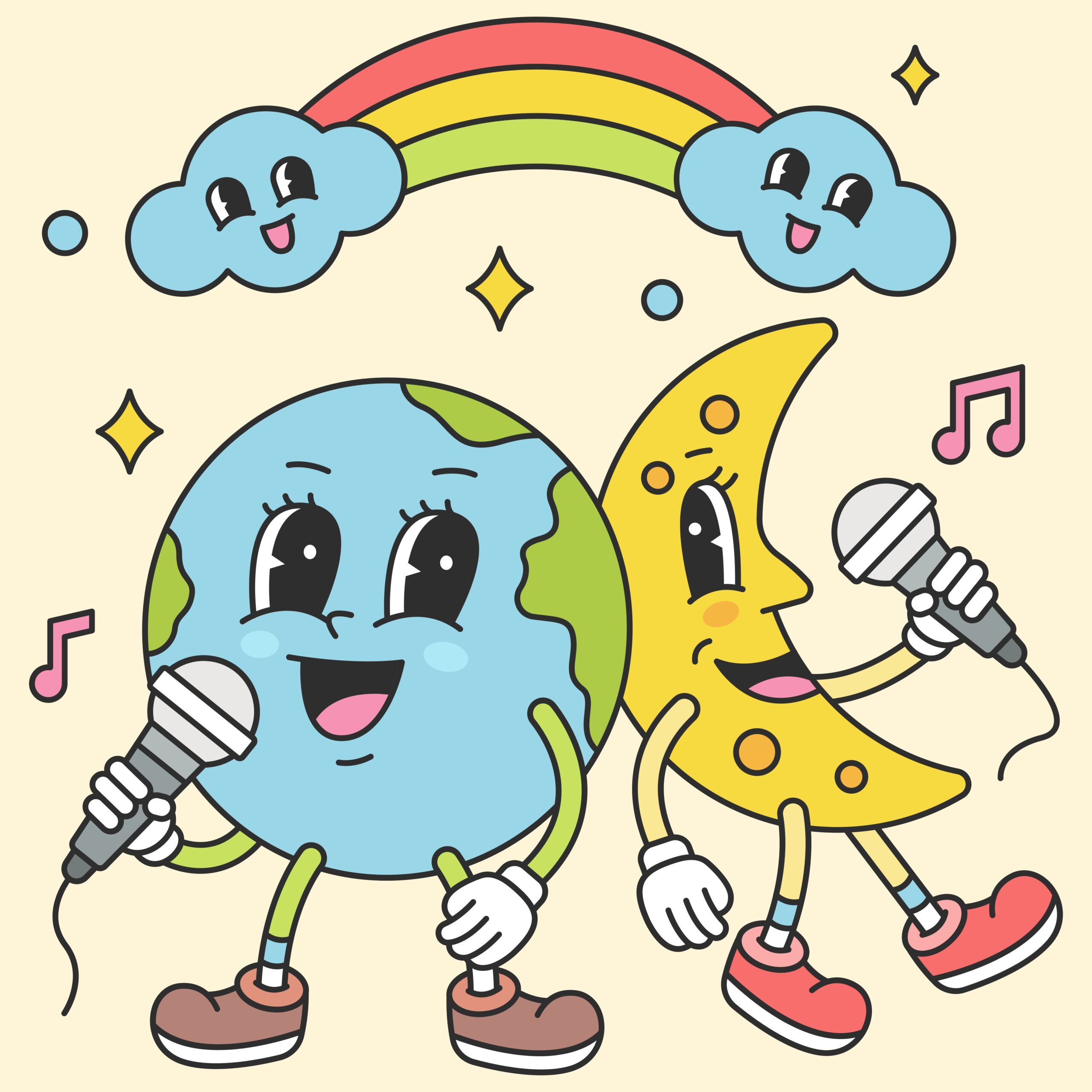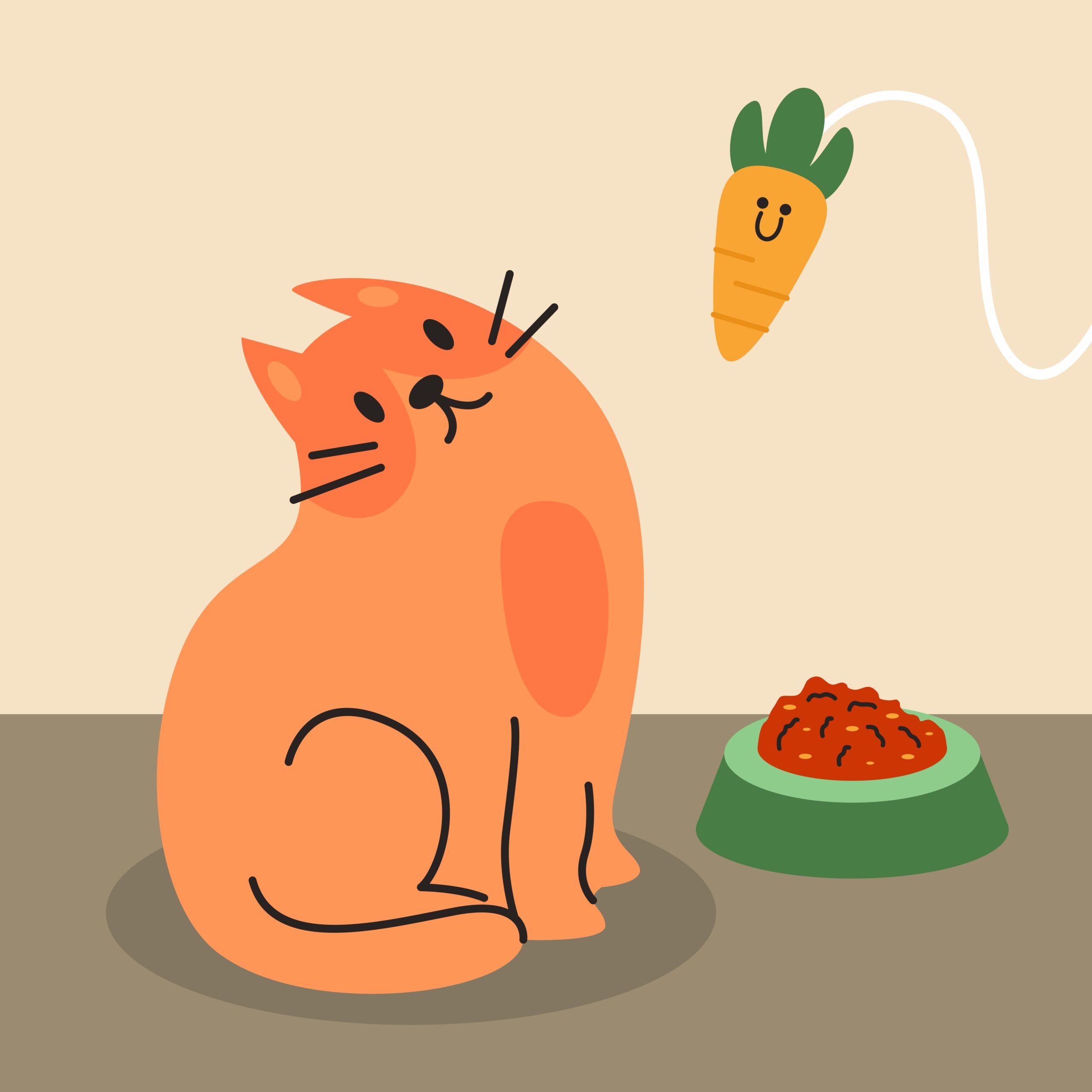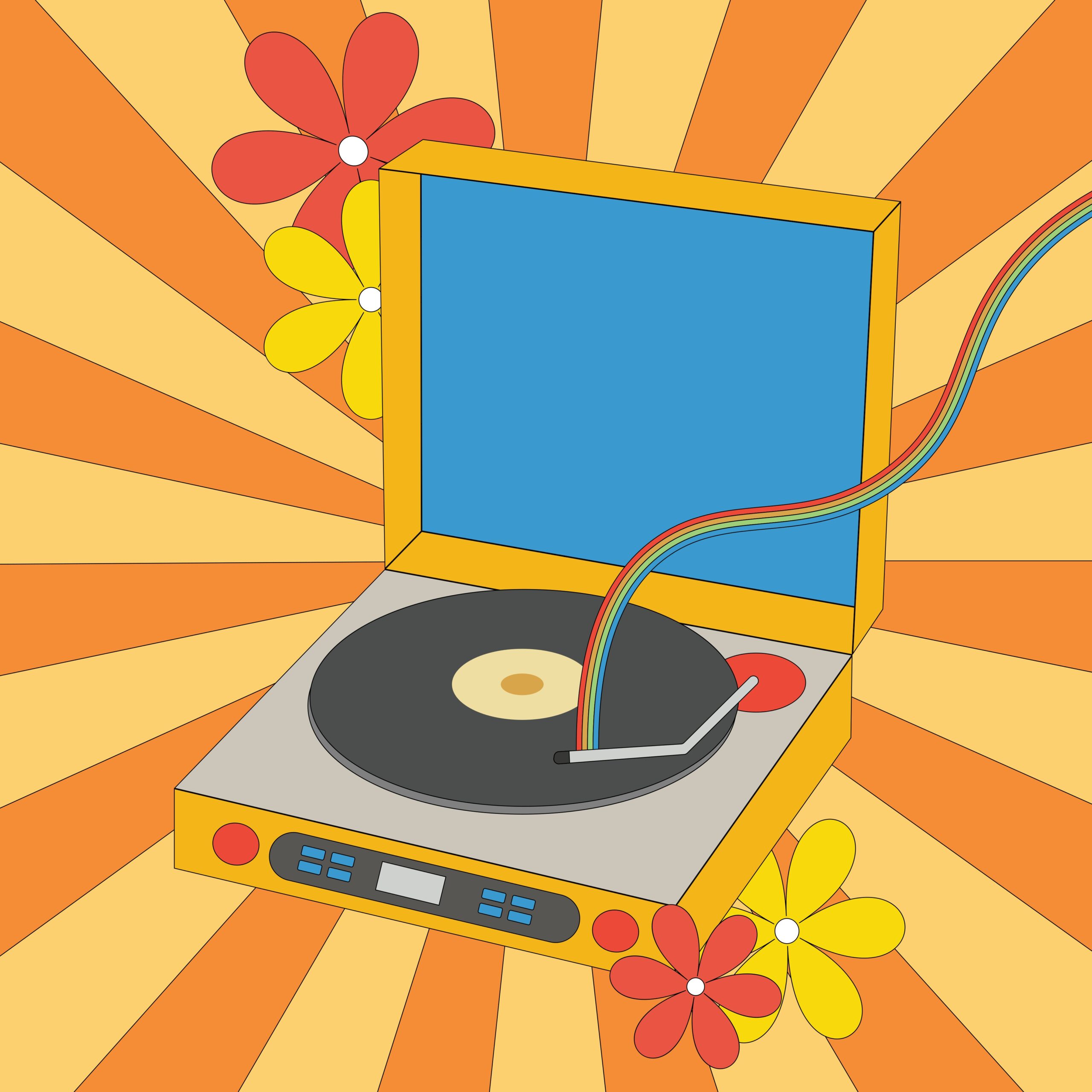 AI Music
AI Music The New Era of Music Production: Music AI Fulfills Your Dreams
A revolution is happening in the world of music production, and it's all thanks to the emergence of music AI. This groun...
 AI Music
AI Music  Beatmaker Mindset
Beatmaker Mindset  Beat Marketing
Beat Marketing  Beatmaking Tips
Beatmaking Tips  AI Music
AI Music  Beat Selling Site
Beat Selling Site  AI Music
AI Music  AI Music
AI Music  Music Diary
Music Diary  Beatmaking Tips
Beatmaking Tips